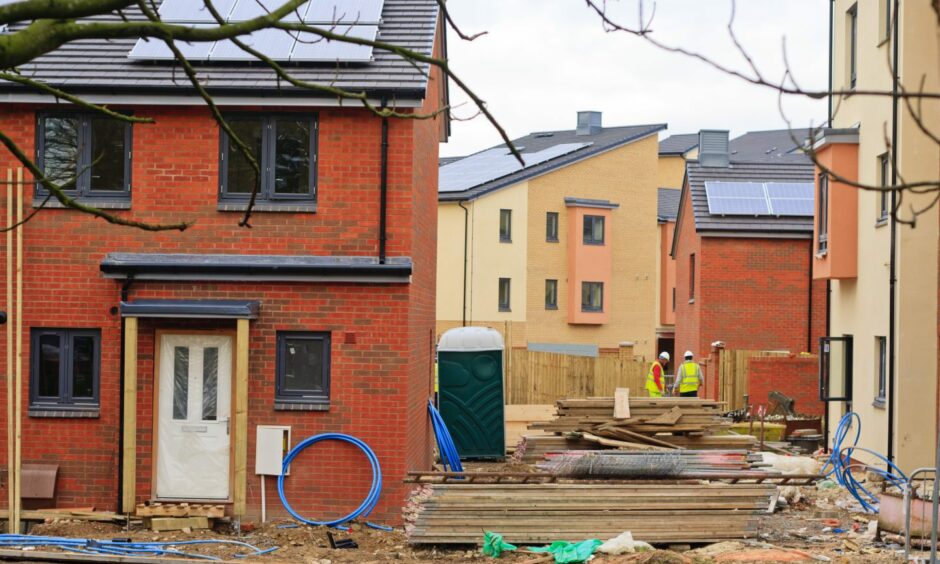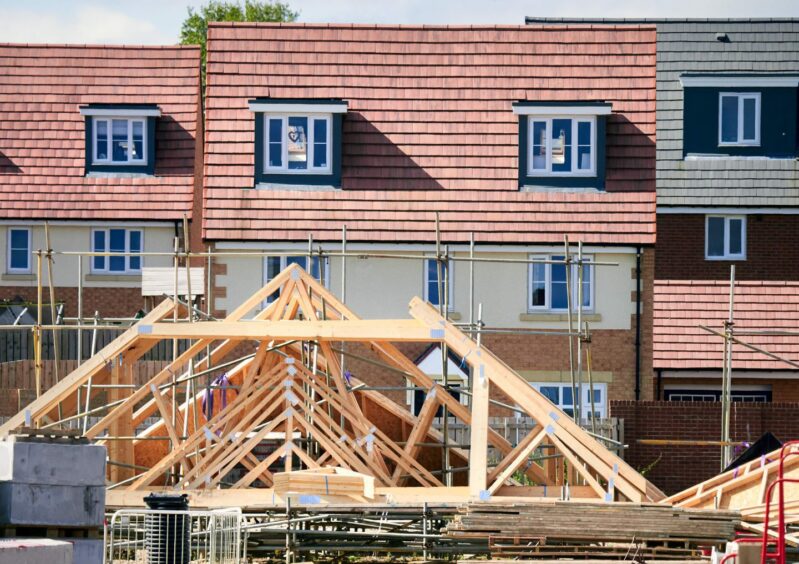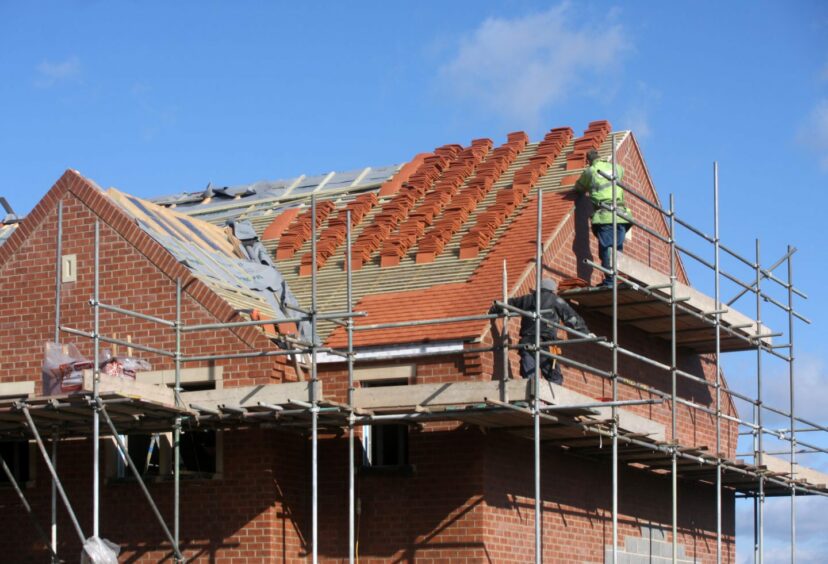Around a third of new affordable housing in Scotland is directly delivered through contributions from private developers, it has been revealed.
If their contracting divisions are also factored in, they account for 90% of all the affordable housing delivered in Scotland.
Developers contribute in various ways to mitigate the impact of a project, for example by paying for new school classrooms and highways improvements.
Local authorities also dictate that a percentage of any new housing development is given over to affordable housing.
According to Scottish Government research, the overall contribution for each private sector home built in 2018/19 was £30,500.
The figure was announced last week at the Scottish Parliament following a survey by sector body Homes for Scotland which compared the output of a representative sample of its members against Scottish Government data.
Partnership
Fionna Kell, director of policy at Homes for Scotland, said: “We have long spoken of the strong interdependencies between social and private housing delivery given the partnership working that is necessary to build out sites.
“This is because as well as building their own homes to sell into the open market, private builders also supply land, and often the buildings, to satisfy planning requirements for affordable housing.
“Our survey results indicate that 30% of affordable homes are delivered as a direct result of private homes being built.
“The importance of the role of the private sector is increased even further once you factor in the number of homes delivered by members that also have contracting arms, with the private sector then accounting for a total of 90% of affordable housing delivered.
“At a time of constrained public finances and increased cost pressures, when all budgets will be under the microscope, this clearly demonstrates the need for a policy environment and genuine partnership approach that supports the delivery of homes of all tenures.”
Business optimism
Meanwhile, research with mid-sized UK residential property developers, who collectively build new homes worth around £1 billion a year, reveals they are optimistic about their businesses growing despite concerns about the wider economy.
The study, commissioned by Downing LLP, which lends to developers, reveals that 78% of the house builders expect their businesses to grow over the next three years – with 12% anticipating strong growth.
Risks
However, the research identified that they have several concerns about the risks they face.
Over half (56%) are ‘very concerned’ about the cost of raw materials rising, followed by 50% who said this about securing the necessary insurance.
Red tape was also an issue as almost half (46%) said they are ‘very concerned’ about the time it takes to secure approval from councils to build properties.
Half of the developers (52%) said the length of time it took for local authorities to provide feedback or approval increased during the pandemic.
Since the end of the worst of the pandemic, 64% of developers say the process has improved, although 26% say there has been no improvement.
Parik Chandra, partner at Downing LLP, said: “Despite concerns about the economy and rising inflation, the need for a huge increase in the UK’s pool of residential property and the firm commitment from the government to achieve this means developers remain optimistic about growing their businesses.
“However, they face several risks from the rising cost in raw materials to access to funding.”
Read more…
Check the average house prices and rents in your area with our Housing Market Tracker.







Conversation